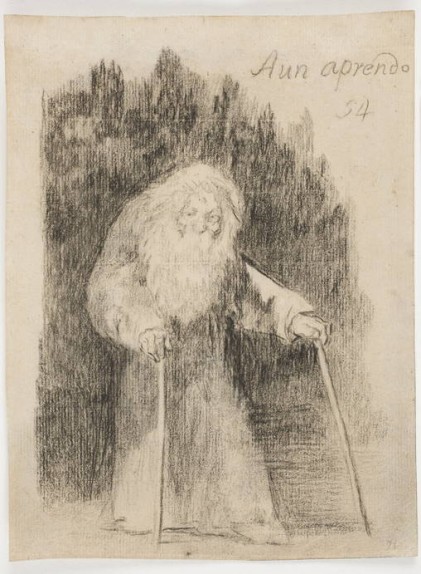In her book, Mindful Spontaneity [1], Ruthy Alon describes the organization of the spine in detail, here I will limit myself to briefly discuss some ideas about the spine.
As we know, the spine is composed by 24 vertebrae usually divided in 3 areas, 7 cervical, 12 dorsal and 5 lumbar. The head is directly supported by the small and very mobile cervical, whereas the pelvis are hanging from the lumbar also very mobile. Most people suffering from back pain usually refer to the lumbar area. The dorsal vertebrae in the middle provide the attachment points for the ribs forming the thoracic cage. Beside its structural function the spine also includes a variety of muscles, joints and nerves, what can make back pain excruciating.
When a good intentioned physical instructors or parents tell us to straighten our backs, what is the image of the spine formed in our mind? If we look at pictures of the spine from the side, it is far from straight, it has two pronounced curves.
In reality, an healthy spine is constantly adjusting when we move around; if the flux of information is free to travel along the spine a position change in the pelvis is transmitted up to the neck and modify the head position; changes in the ankles and feet are reflected in the pelvis. The whole body is connected. If the spine is intentionally or unconsciously held in a given position the flow is interrupted and the vertebrae community does not work together.
In such situations some of the vertebrae, usually the cervical or the lumbar have to overcompensate the loss of mobility of other parts of the spine.
Why some parts of the spine suspend their contribution to the community? It is probably not possible to enumerate all the reasons; some can be related to medical conditions , others to habits, others to psychological conditions.
Thomas Hanna in his book, Body of Life [2], discusses the “red light” reflex as a possible cause of alteration. The general idea is that a body organization having a specific purpose is constantly maintained, regardless of muting circumstances. Moshé Feldenkrais discussed the specific organization associated with anxiety, Peter Levine more recently discusses trauma and its relationship with the body.
The vital organs need to be adequately protected in dangerous situation, the thoracic cage protective role is elicited in all these responses. Muscle contraction is useful to protect the vital organs, on the other hand flexibility is loss when muscles are permanently tense. In the long run, any change in the body has its counterpart in the somatosensory and motor cortex.
The brain needs to experience again alternatives to give back the freedom to the dorsal vertebrae and a correct range of movement to the other vertebrae. An headstand is a powerful way to change the usual arrangement of the spine, however it can be perceived as dangerous, so it can be difficult to relax unnecessary muscular contractions.
This consideration holds for all the situations perceived as dangerous, a very important aspect of a successful Feldenkrais lesson is the creation of a safe environment where learning can take place, so each lesson is an unique exploration that needs to be adapted to the person receiving it, staying close to the present range of possibilities and offering alternatives.
[1] Mindful Spontaneity: Lessons in the Feldenkrais Method by


